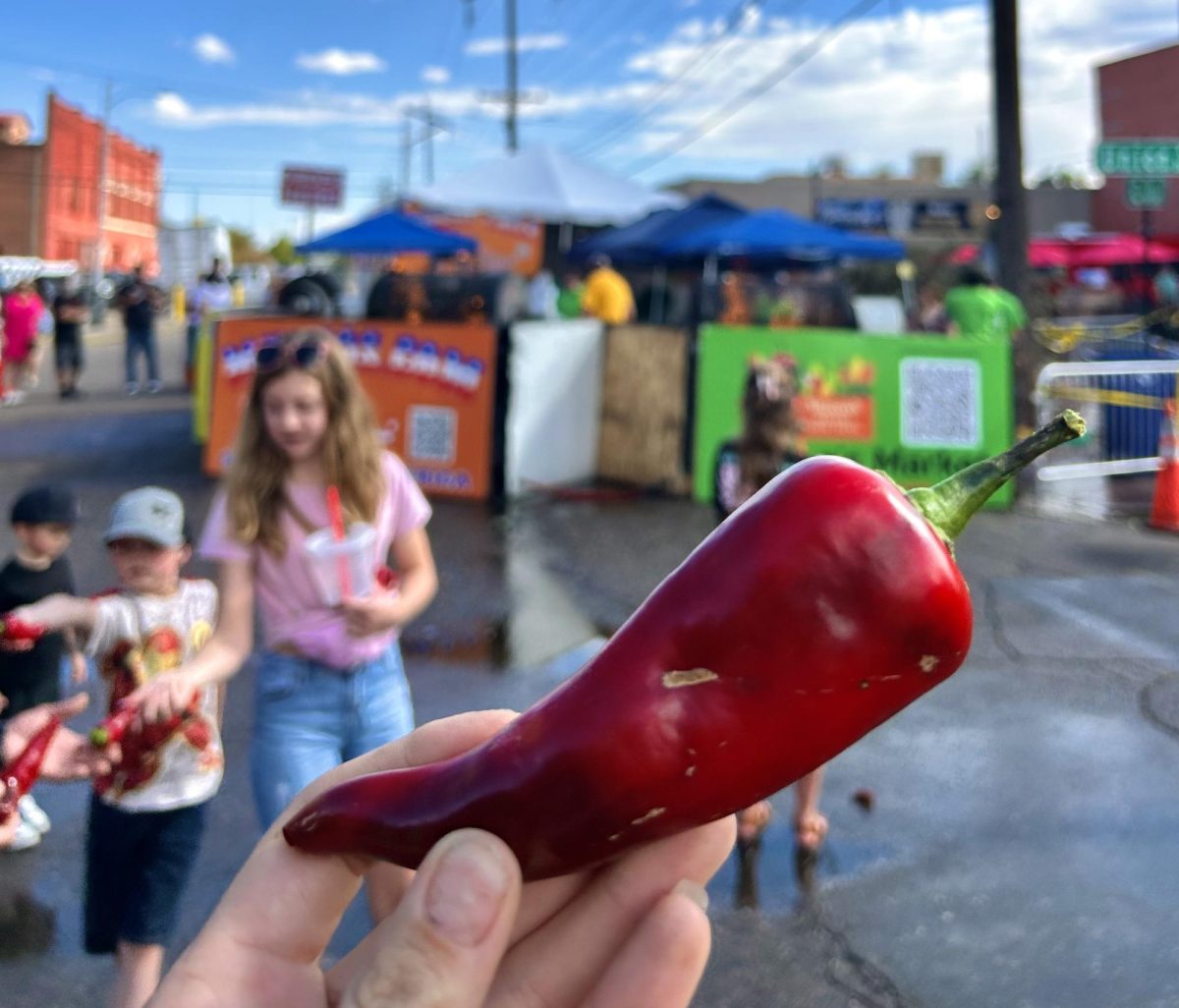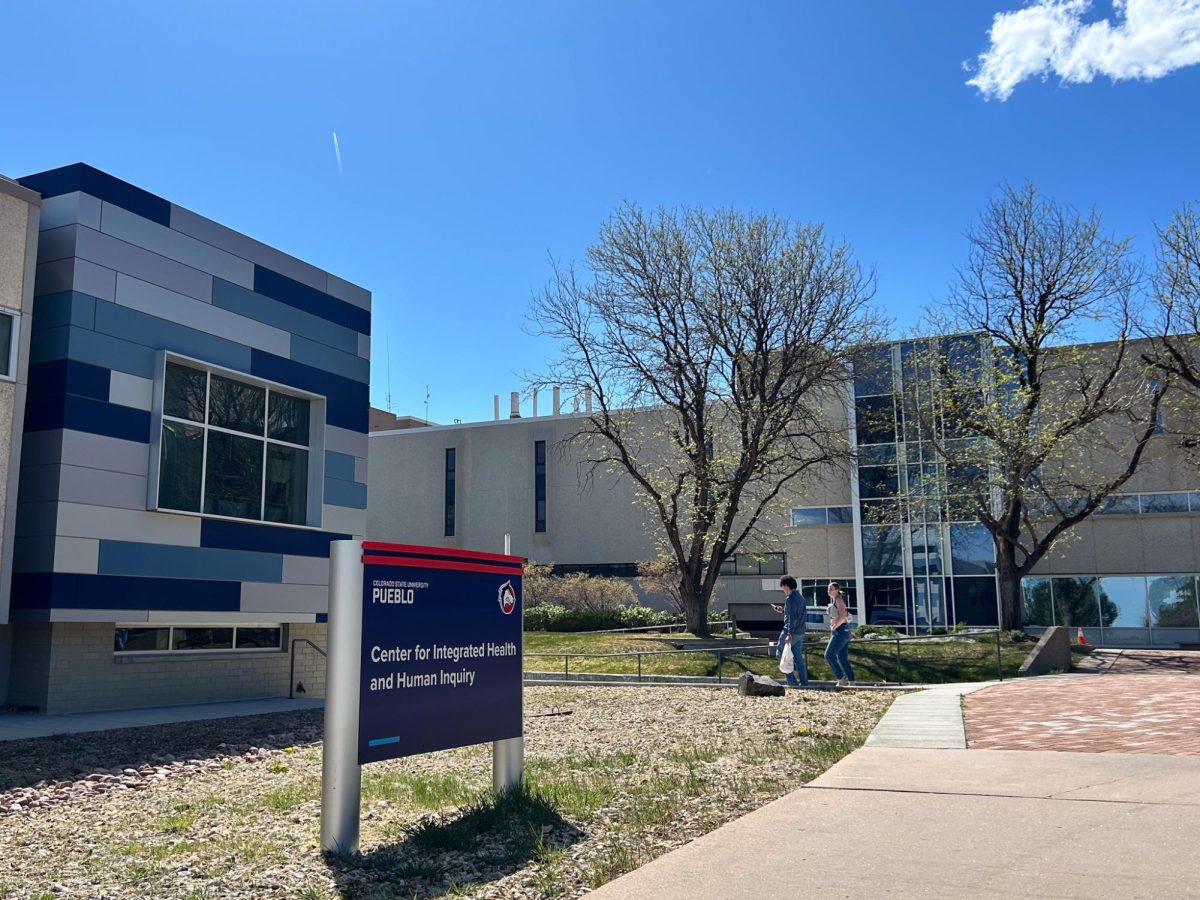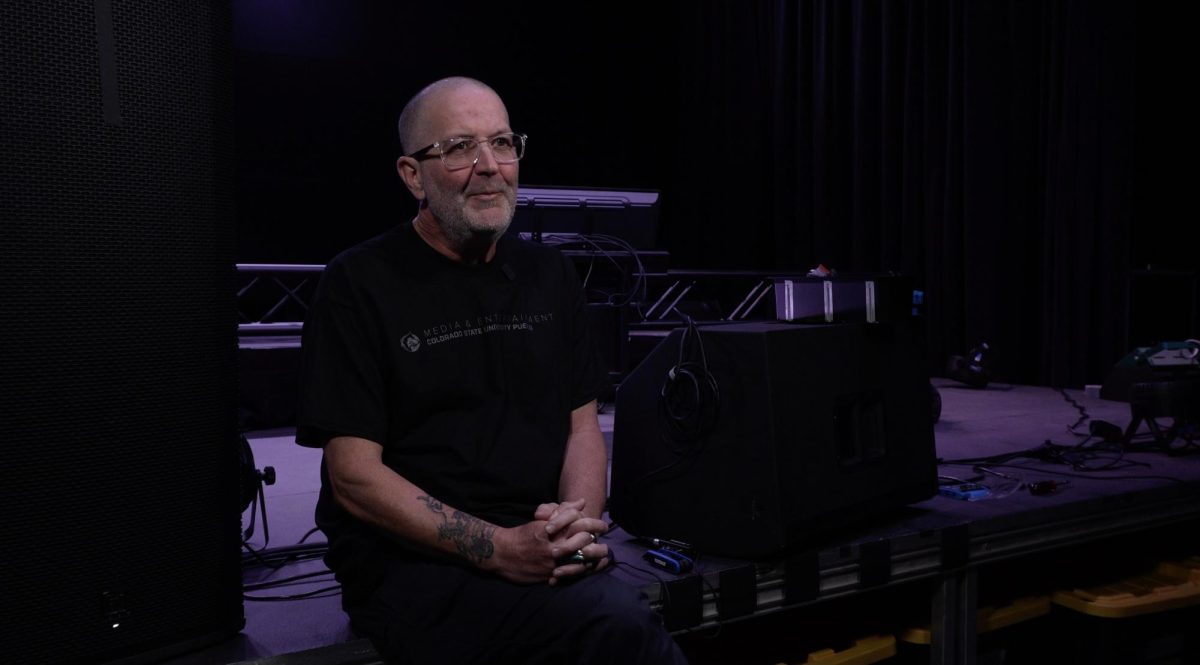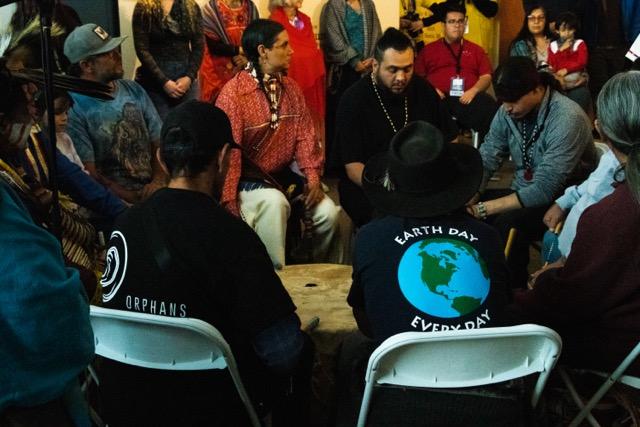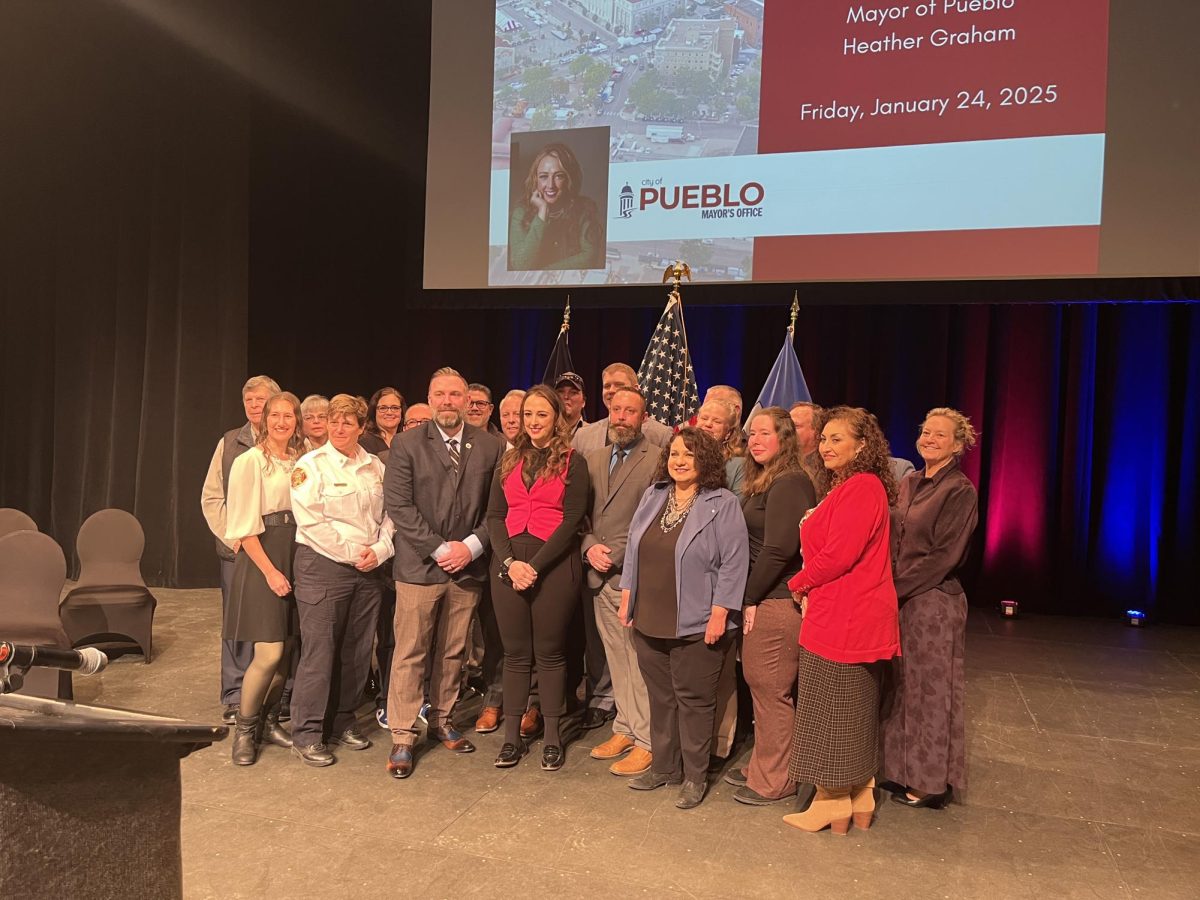‘Another tool in the tool kit’
By Natashia Gebre-Zion
In 2018, the Farm Bill removed hemp from the Controlled Substances Act, making hemp and cannabidiol (CBD) legal in all 50 states.
CBD can be found in both body products and in oils; however, one of the biggest uses of CBD is in food and beverage products.
Dr. Sang Park, a senior scientist with the Institute of Cannabis Research at CSU Pueblo, shared his view on using cannabis in food.
“Seed oil doesn’t have any THC; you don’t have to worry about ingesting any THC from seed oil products,” he said. “It is very clean and safe to use in food production.”
One of the biggest debates going on currently, is the health benefits of cannabis products. Dr. Park was another big supporter of these benefits, as he went into detail about different benefits he is seeing with the use of CBD.
“[Cannabis] is not synthetic, It’s a natural product,” Park said. “Let’s say you have a headache or migraine, you can go to the hospital and they just prescribe medicine, but you don’t have to buy that medicine.
“You can go to a natural grocery store and grab a CBD-infused medicine and save a lot of money, and it’s from nature so it doesn’t have many of the side effects.”
Park said CBD is also a safe alternative for children who are experiencing physical health problems that are impacting their nutrition.
“[CBD] is a good alternative medicine for epilepsy patience, if you put some under the tongue then it can stop seizures,” Parks said.
He also discussed that CBD is being used to calm the nervous systems. A lot of cancer patients use CBD while they are receiving chemotherapy treatments. Normally, individuals going through chemotherapy, experience nausea and have a hard time keeping their food down. Ultimately, this causes a delayed recovery, because individuals are not getting the nutrition that they need.

“CBD works wonders for my son. He has autism (ASD), and it has been a game changer,” said Laci Pinckney, a mom from New York. “Our son used to take [prescription] medications. He no longer uses any of those.”
With the rise of social media, there has been an increase of awareness surrounding alternative medicine, that doesn’t just revolve around cannabis, but also psychedelics.
Nathan Sepeda, a research data specialist at The John Hopkins University School of Medicine, discussed how John Hopkins is currently gathering research about psychedelics. Sepeda explained that psychedelics are being tested to help with mental disorders like anxiety, depression and PTSD.
“I don’t think psychedelics will ever replace traditional medicine, but it will be another tool in the toolkit… There are a large portion of people that find that antidepressants don’t work, and for those people maybe something like psychedelics will help,” Sepeda said.
Park’s research surrounding cannabis and CBD is another tool in the toolkit, like Sepeda mentioned. CBD is being used to help with anxiety, depression and physical pain.
Though alternative medicine is a positive alternative, Park did share his concerns with CBD.
“Too much is bad,” he said. “It can cause liver damage, and because people don’t know how often to take CBD oil it can cause a lot of abdominal pain.
“I have spoken with ER doctors, and they reported that there are a lot of patients screaming because of the abdominal pain, and they are realizing these are the people over-using cannabis products.”
Sepeda also shared his concerns with psychedelic research.
“In terms of the research, we are really excited about psychedelics and their potential and the different avenues that psychedelics are being tested for,” Sepeda said. “Some concerns are the narrative that gets adopted by the mainstream. As the narrative is being published more and more, the narrative is shifting and being described as a cure-all, but that is not always the case and there are people who don’t experience the benefits. There should be caution about how these treatments are being described.”




